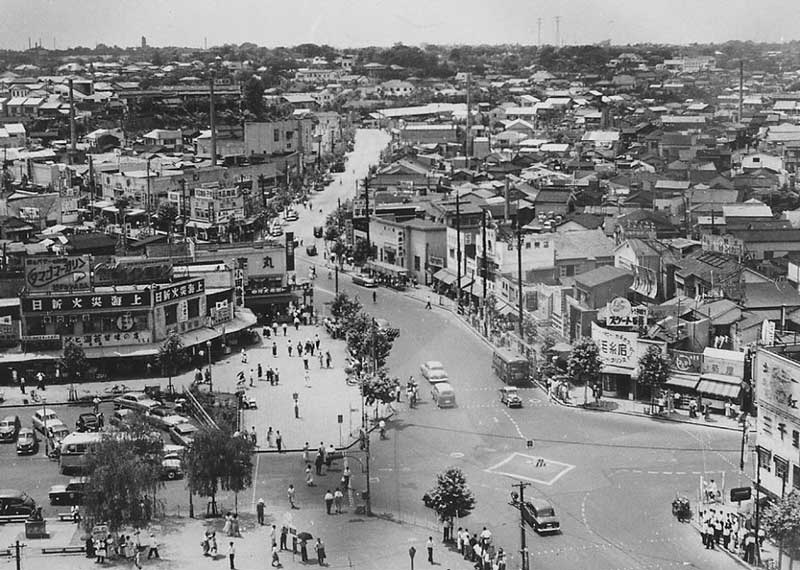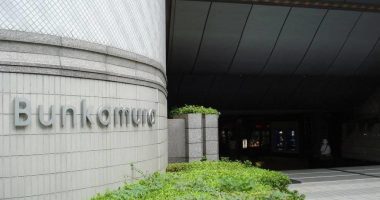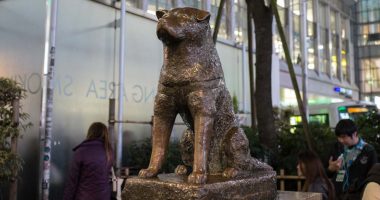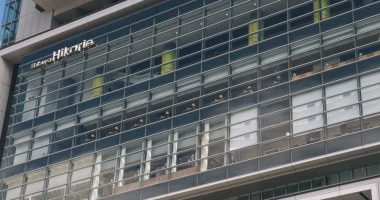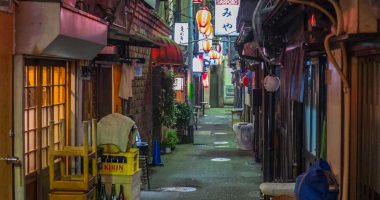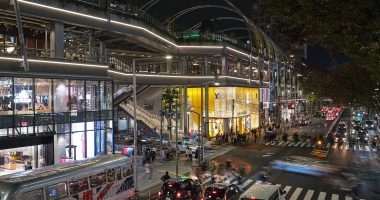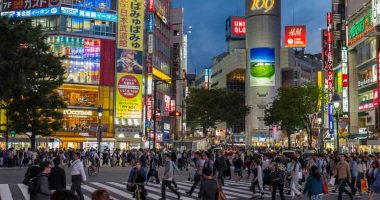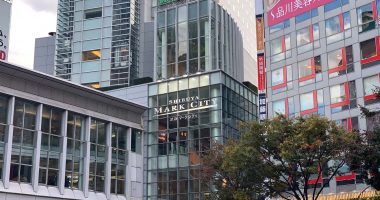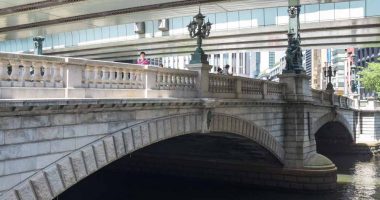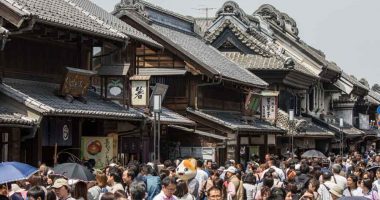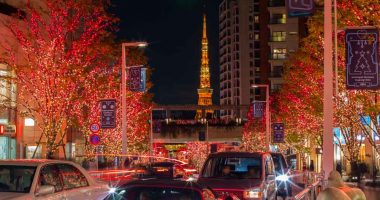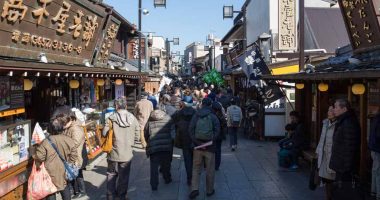Shibuya (渋谷) encapsulates the stereotypical image of Tokyo better than any other area. No self-respecting travel documentary would dare broadcast an episode on Tokyo without at least one scene showing Shibuya’s crowds or the neon signs at night. Walk out of the Hachiko Exit of JR Shibuya Station and you will be faced with swarms of young trendsetters, bright screens, noise from just about every direction, and the famous scramble crossing—reputedly the world’s busiest. Whatever your interests, Shibuya is unmissable for visitors to Tokyo.
Shibuya is also the name of the ward—one of the 23 special wards of Tokyo—but it is almost always used to refer to the area around the Shibuya Station.
One of Tokyo’s most famous landmarks—a small bronze statue of a dog called Hachiko—stands just outside the Hachiko Exit of JR Shibuya Station, and is the de-facto meeting point. On the other side of the famous scramble crossing is Center Gai, a shopping district which is the center of this side of the station. Here you’ll find many of the major department stores such as LOFT and Tokyu Hands.

The entire area is in fact undergoing a major redevelopment that started with new high-rise commercial complexes like Hikarie and more recently has seen the re-opening of Miyashita Park and the construction of Shibuya Scramble Square as part of the first phase of this mammoth project. The second phase, which will see several more low-rise buildings to the west of the station is due for completion in 2027. But areas of the old Shibuya still remain. The best of which is probably the narrow drinking alley of Nonbei Yokocho north of the station.
The History of Shibuya
Shibuya was once home to farmland and tea fields, and Shibuya Station began its life in 1885 as a small suburban railway stop. But it was really after the war that Shibuya began the mecca of youth culture that it is today. Like Shinjuku, it suffered heavily in the air raids of 1945 and the ruins were prime bartering grounds for street hawkers and black market stalls in the immediate post-war era. In the 1950s it was—rather fittingly for an area that today seems the epicenter of commerce—the department stores that led the redevelopment of the area: Tokyu Department store (est. 1954), Tokyu Bunka Kaiken (est. 1957), and Tokyu Building (est. 1965; now Tokyu Plaza). As the 1970s and 1980s brought in dramatic shifts in the attitudes and wants of youth culture, Shibuya found itself at the center of it all—a position it still holds today.
